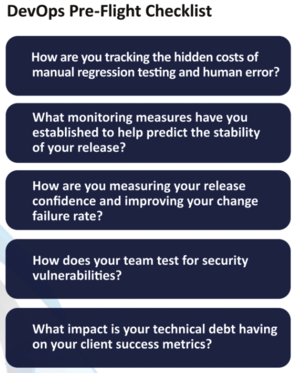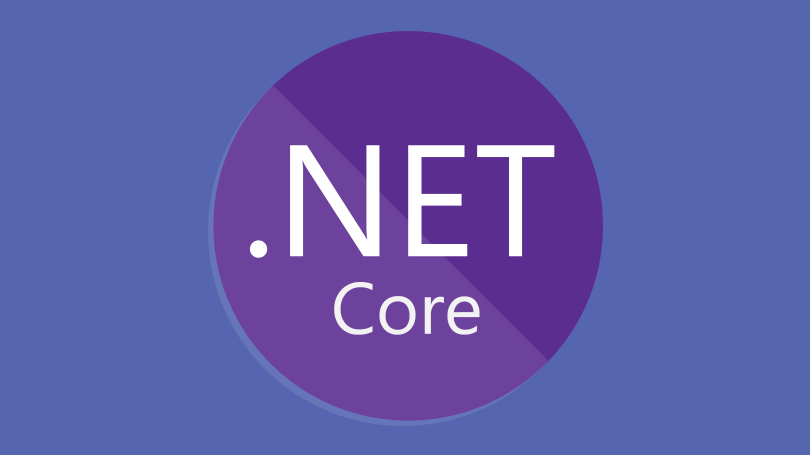
Agile DevOps Assessments & Implementation
Measurements that Matter
Although DevOps practices are starting to be well adopted a decade into the movement, we still see organizations struggle to expand DevOps beyond a few pockets of success. Learn more about ClearlyAgile's approach to eliminate waste across multiple delivery streams, empower individuals and teams to take personal accountability, and employ incremental improvement to help you grow your competitive advantage.
Case Study
Synuma is a small company experiencing rapid growth. With that growth came the need to scale in a way that protected their competitive advantage. Delivering value to their clients was a key aspect of their product growth. Because of the time, impact to others, and the potential risks, the team was releasing about once a month. This significantly slowed the delivery of value to clients. Synuma’s leadership team knew the benefits of automation would be numerous but wondered – would their small company realize the return on investment?
ClearlyAgile provides insight into DevOps Maturity using our 4 step process
Evaluate infrastructure, release cycle and branching strategies
Set a baseline for DevOps maturity to measure improvements for Leadership
Implementing solutions based on recommendations to improve the process including code security, stability and automation
Integrate the DevOps team into the Agile development process
APPLICATION REFACTORING
Application Refactoring is an approach focused at evaluating an application and architecting/redesigning for a microservices pattern or hybrid implementation that incudes microservices.
There are three (3) high level strategies to refactoring:
Incremental – A piece by piece approach to refactoring.
Large to Small – A stepped approach where the application is segmented into large chunks then reduced to smaller chunks over time.
Wholesale Replacement – A complete refactoring of the entire application at once.
Each strategy should follow the basic methodology for refactoring projects:
Preparation
Microservice Design (Domains)
Infrastructure & Deployment Design
Refactoring
Testing

Let’s Work Together
It all begins with an idea. Maybe you want to launch a business. Maybe you want to turn a hobby into something more. Or maybe you have a creative project to share with the world. Whatever it is, the way you tell your story online can make all the difference.
DevOps & Agile Engineering Knowledge











What exactly is the MVP and what is the best path to reach this state? It is vital to define your MVP as early in the process as possible, but constantly refining it will be pivotal. Let us dig a bit deeper into exactly what the MVP is all about, how to attain it, and also how to sell it once complete.